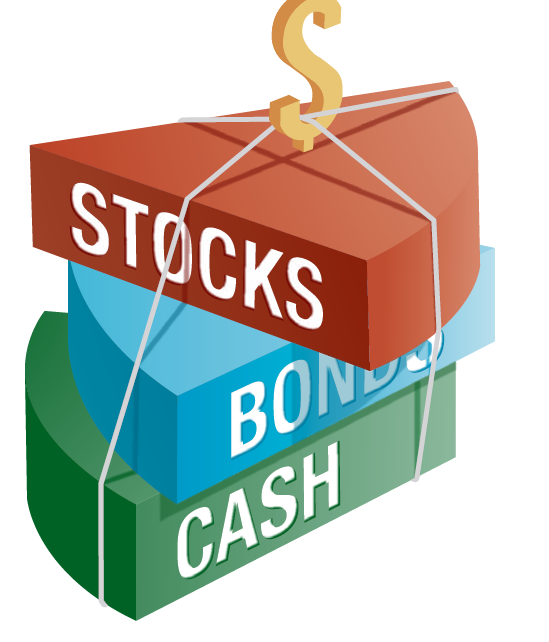The following analysis by Rufus Mwanyasi was first published in the Business Daily.
There’s really no way to sugar-coat this: higher interest rates are a huge drag for market returns. A rising-rate environment usually leaves most portfolios susceptible to big losses. But given the choice between the two traditional asset classes: bonds and stocks, I believe that the latter holds up better — at least in the early stages of a rising-rate environment — and should form the bigger piece of a portfolio.
I spare this topic for another day. In this article, I would like to shed light on the implications of an increase and/or decrease in long-term interest rates — as represented by the benchmark 10-year Treasury bond — and how equity investors can use it as a leading signal for their equity investments.
Before we begin, let me lay the foundation on how bonds work. When the economy begins to strengthen, bond yields tend to rise. This is partly because bondholders sell, causing weaker demand which pushes bond prices lower.
If investors believe the economy is improving, they may be inclined to move money into equities in anticipation of an improvement in corporate profits which could propel stocks higher.
When investors are fearful, they always tend to move out of stocks and into bonds but sometimes this is not the case.
Looking at the 10-year (2006 to 2015) NSE 20 share index/10-year Treasury bond chart, it is obvious that there is an inverse leader-follower kind of relationship between share prices and long-term yields.
Take, for instance, the second quarter of 2010 when rates had bottomed out and begun “ticking-up”; it’s after a move of almost 400 basis points before share prices begun their climb down.
Yields went to touch a high at nearly 18 per cent in early 2012 while the NSE 20 Share Index dropped a massive 1,100 points. Had investors acted on this leading signal, perhaps they would have avoided these massive losses.
Likewise, after a sharp drop in yields from 11.9 per cent to 7.71 per cent in early 2010, the move inspired a 16 per cent run-up in share prices by the close of the year.
Currently, as displayed at the far-right of the chart, yields are seen to be steadily climbing which is not a good signal for the equity market.
Perhaps this should explain the meagre returns in the past one-and-a-half years as informed investors, slowly pricing-in near-term interest rate hikes, have been offloading their equity holdings essentially putting a lid on equity gains.
To mitigate this risk, one should take the cue from the rising yields to start re-allocating into growth-oriented sectors such as construction and insurance as they tend to outperform when rates rise while blue chips or dividend yields tend to be more “interest sensitive”.
Hence, going forward, its important for investors to keep an eye on the 10-year Treasury bond as a rising yield could be a signal to continue shrinking your equity portfolio.
Investors need to appreciate that the 10-year Treasury bond market is a good predictor of stock price movements and thus its study should not be left to fixed-income investors.
Prudent investors are better placed to employ this leading indicator whenever possible in their decision-making processes in order to stay ahead of the masses.

